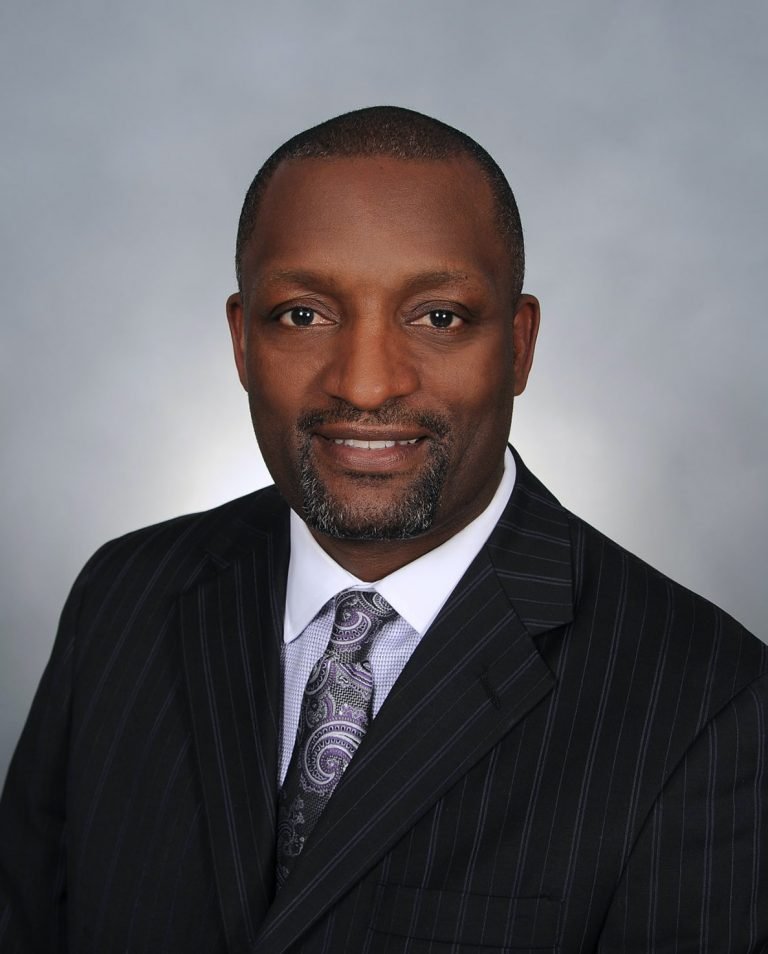The ace-ed.org team recently sat down with Kansas City (Missouri) Public Schools Superintendent Mark T. Bedell to learn more about his work in leading the district back to full accreditation and the district’s innovative approach to improving equity. Here is a transcript of that conversation:
Good afternoon, Mark, it’s great to talk with you today. Let’s get started. You serve as the Superintendent of the Kansas City Public Schools. Can you provide readers who may be unfamiliar with the district some background on your district, such as the location, the community you serve, etc.?
KCPS is an urban school district in Kansas City, Missouri. We serve about 14,000 students in pK-12. Spending time in schools is the best part of my job as superintendent because of our students. I’ll do a town hall in the library, and the questions they ask me show they’re paying attention. They know what they’re up against. And I know what they’re up against because I was a homeless kid, too. I know what it’s like to come to school with all that trauma.
Our kids are resilient because they have to be. But with the right social-emotional supports, they thrive. They graduate with AP credit and IB credit and internship experience, ready for college and jobs.
Recently, your district made some news regarding accreditation when the Missouri State School Board of Education voted unanimously to grant full accreditation to the district at its monthly board meeting. This has been described as a game changer for the district—can you share why this milestone is so important?
It’s been a long time since this district was fully accredited. Too long. Twenty-two years. And if you go back to 2000, I think a lot of people had given up on this district. We didn’t have the support of the community, and we’ve had to earn back that trust. We’re still doing it, and we will be doing it for a long time. But more people understand now that schools can’t do it alone, and we’ve been able to build and strengthen partnerships that support our work so we can focus on teaching and learning.
In providing the accreditation, the State Board cited the district’s improved graduation rates, and math and English language arts scores among other factors. How did you achieve those gains?
We did it by focusing on equity. Ninety percent of our students are children of color, and they deserve to have their lived experiences spelled out in our curriculum just like it is for white kids. So when we were aligning our curriculum with the Missouri Learning Standards, we were also making sure that our curriculum was culturally responsive.
Then we took a long, hard look at our professional development. It needed to be culturally responsive, too. And you know what happened when our PD got better? Our summer PD participation skyrocketed.
Another turning point for us was when the board adopted a tiered equity funding model. That was five years ago, and our current board continues to support it. Our Tier III schools have shown tremendous progress as a result of this funding model. In fact, we have more high-poverty, high-growth elementary schools than any other district in the state of Missouri.
As you worked toward accreditation, how did your efforts to improve equity fit in? Did you find it a driver of your work, or did you see your efforts toward accreditation as improving educational equity?
Equity drives every decision I make as a superintendent. Right after the State Board voted to accredit our district, I had a conversation with a 2016 KCPS grad. He told me he did not have a gold seal on his diploma. His cousin and friends had gold seals on their diplomas. But because our district was unaccredited, he didn’t. Think about the message that sends.
How will you continue to promote equity in your district post-accreditation?
Accreditation isn’t the finish line. We are still very much in this race. And now the pandemic has completely changed the course. We can’t go back to how things were before COVID. And we shouldn’t want to. Our entire school model is outdated. It doesn’t work for a lot of students. What we need are flexible pathways toward graduation.
We’re having a lot of success with our Middle College program, which helps students in dropout status earn their high school diploma. This year, we launched an Evening Academy for students who can’t attend during the regular school day. We also continue to invest in online resources that allow us to differentiate instruction, like Discovery Education. We have to do everything we can to meet kids where they are.
Any lessons for school leaders working in similar situations?
You can’t say, “That’s not my job.” When we didn’t have enough bus drivers at the start of the school year, I decided I would pick up a student in my neighborhood and take him to school. I’m still doing that. I’m willing to substitute if that’s what it takes. So is my cabinet. We have central office staff providing direct support in schools once a month. If you want people to step up, then you need to step up. And Team KCPS has. That’s why we’re once again an accredited school district.
To learn more about Kansas City Public Schools’
equity, innovation, and inclusion efforts, click here.
The American Consortium for Equity in Education, publisher of the "Equity & Access" journal, celebrates and connects the educators, associations, community partners and industry leaders who are working to solve problems and create a more equitable environment for historically underserved pre K-12 students throughout the United States.
- American Consortium for Equity in Educationhttps://ace-ed.org/author/admin/
- American Consortium for Equity in Educationhttps://ace-ed.org/author/admin/April 23, 2025
- American Consortium for Equity in Educationhttps://ace-ed.org/author/admin/
- American Consortium for Equity in Educationhttps://ace-ed.org/author/admin/







